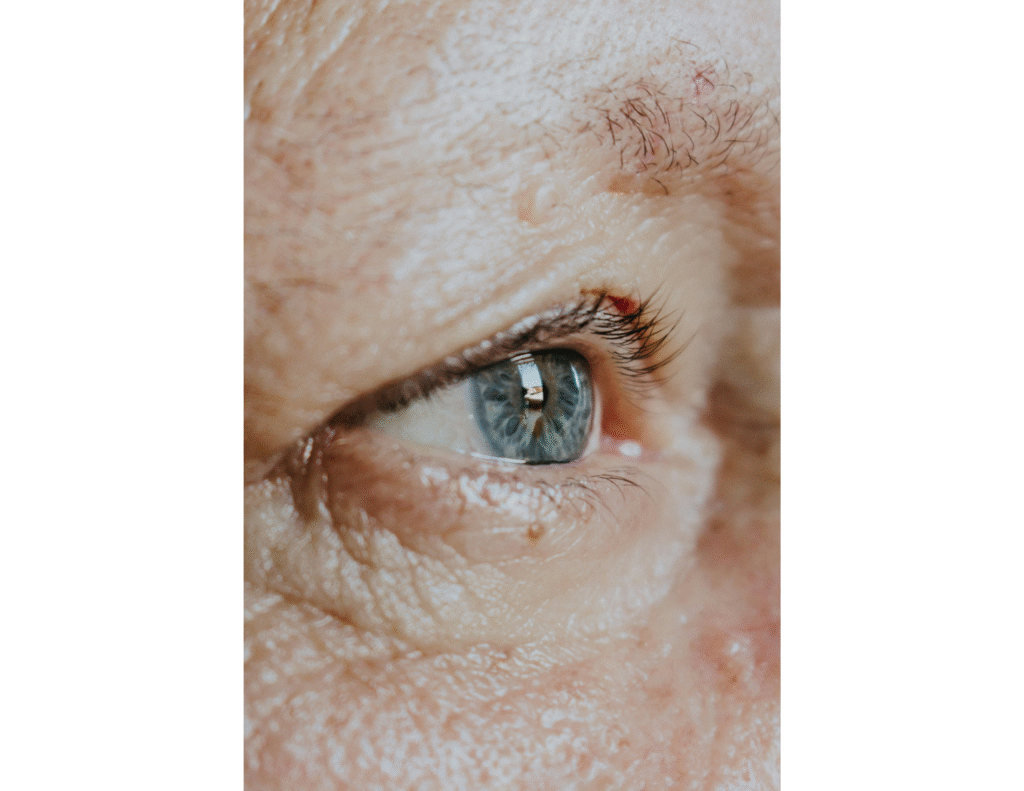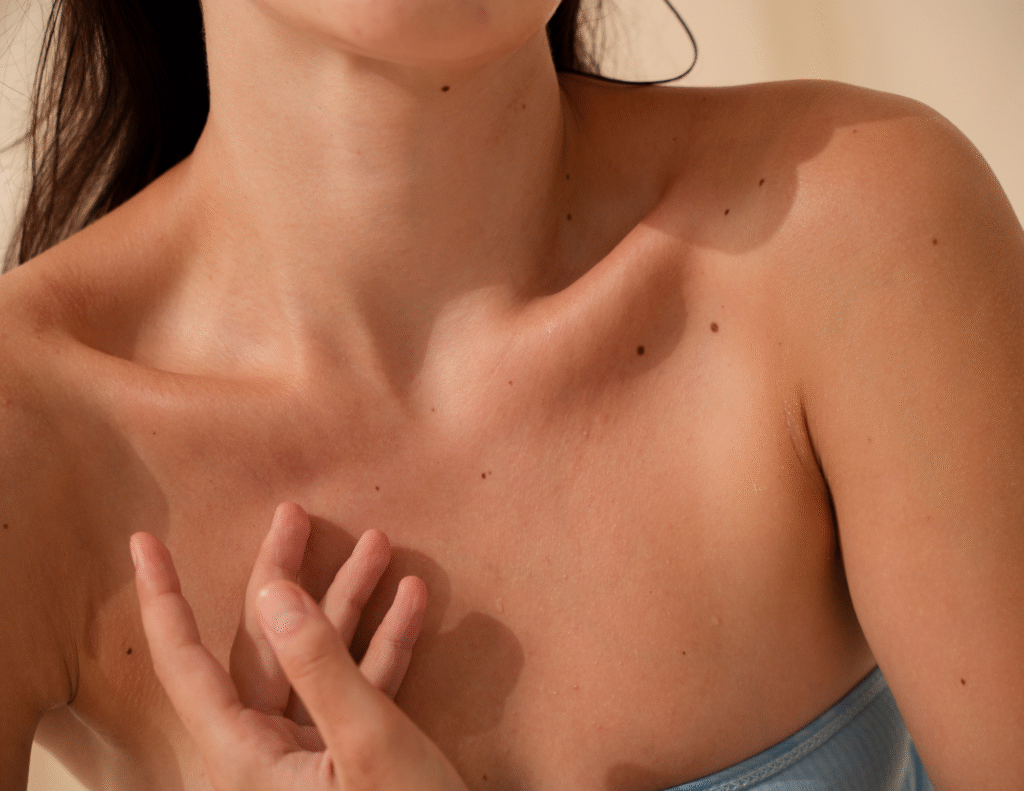Quick and Effective Skin Tag Removal in New Jersey
Skin tags are small, benign growths that commonly develop on areas of the body where skin rubs against skin, clothing, or jewelry. While they are harmless and not linked to skin cancer, they can be bothersome, irritating, or cosmetically unappealing for many patients. At Skin & Laser Center of NJ, we provide safe, effective, and minimally invasive removal options to help patients feel more comfortable in their skin.


Also known as acrochordons, soft fibromas, or fibroepithelial polyps, skin tags are typically flesh-colored, though some may appear darker. They are small in size and can be found anywhere on the body, but they most commonly develop in areas such as:
Eyelids
Neck
Armpits
Groin
Beneath the breasts
Friction is the most common cause, whether from skin-to-skin contact, tight clothing, or jewelry. Certain factors can increase your likelihood of developing skin tags, including:
Pregnancy: Hormonal changes often contribute to their appearance
Diabetes: Higher rates of skin tag development are seen in diabetic patients
Obesity or loose skin: Friction increases in skin folds
Unhealthy blood sugar levels or high cholesterol
Some people may develop a single skin tag, while others may have dozens.
Most skin tags are painless and do not require medical treatment. However, removal may be recommended if a tag is:
Causing irritation or bleeding due to friction
Located in a sensitive area, such as the eyelid where it can affect vision
A cosmetic concern for the patient
Regularly caught on clothing or jewelry, making it uncomfortable
Because skin tags will not go away on their own, removal is the only way to eliminate them permanently. Even though they are benign, a dermatologist should evaluate unusual or rapidly changing growths to ensure they are not another skin condition.


At Skin & Laser Center of NJ, skin tag removal is a straightforward, noninvasive procedure that typically takes only a few minutes. Depending on the size, number, and location of the growths, removal may involve:
Snip excision: Carefully cutting away the tag with sterile instruments
Cryotherapy: Freezing the growth with liquid nitrogen until it falls off
Electrocautery: Using heat to remove the skin tag and seal the area
All methods are safe, fast, and performed in-office with minimal discomfort. Recovery is quick, and patients can resume normal activities immediately afterward.
Learn More About Skin Tags
There are multiple removal options for skin tags. A provider will work with you to determine the best removal method for you based on the location of the growth, your health, and overall preference. The most common skin tag removal treatments at Skin & Laser Center of NJ include:
Whichever option you choose, the entire process takes 10 to 20 minutes. No recovery time is necessary, and you can return to your normal routine right after the procedure. Your provider will give you aftercare instructions, including how to properly wash the treatment area, and other details. Despite the fact that skin tag removal at Skin & Laser Center of NJ is a noninvasive procedure, following your provider’s aftercare instructions is essential to avoid infection and promote healing.
There are many growths that can develop on the skin, including red-tinted cherry angiomas, wart-like molluscum, and darker-pigmented moles. If you are unsure about a bump or lesion that has developed on your skin, contact the Skin & Laser Center of NJ for diagnosis and treatment.
Convenient walk in hours available below. No appointment needed! Accepting private insurance and medicare. No medicaid plans.
Learn more about medical treatments at New Jersey’s Skin & Laser Center of NJ. Call 201-500-7525 or contact us online to schedule a consultation.